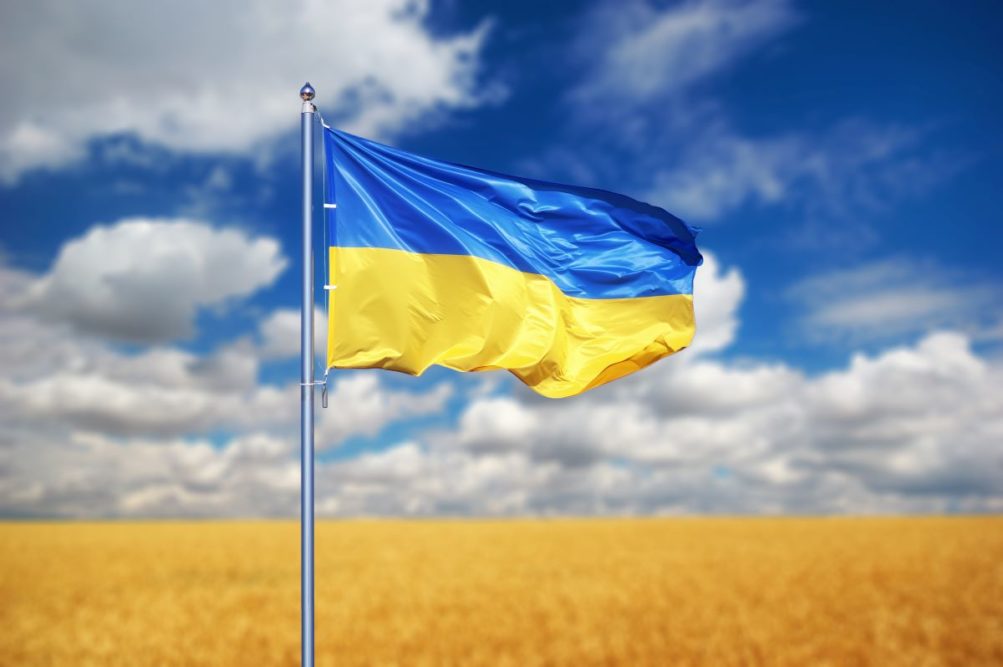KANSAS CITY — The value of grain, especially wheat, has been historically difficult to pinpoint during the Russia-Ukraine war amid wide price swings in futures markets caused by uncertainty of global supplies.
“The war in Ukraine has already shocked the global food system,” said Kai Ryssdal, host of National Public Radio’s Marketplace, in a March 16 interview with Eric Wilkey, president of Arizona Grain Inc. and a past chairman of the National Grain and Feed Association, which held its annual convention March 13-15. “As a major supplier of both corn and wheat, Ukraine’s ability to export crops is an important factor in global food markets, but so are other variables, including the price of fuel and interest rate policy.”
When asked by Mr. Ryssdal to “thumbnail sketch the last 3½ weeks in the grain business,” Mr. Wilkey replied, “Well, it’s a word that’s pretty popular right now, and that’s ‘volatility’ and ‘uncertainty.’ Margins typically have to cover that uncertainty, and it makes it difficult for price discovery.”
“The Chicago Mercantile Exchange futures markets, that is the proxy for price pretty much anywhere in the world for corn, soybeans and wheat, as examples,” Mr. Wilkey said. “We all know our relationship on a normalized basis relative to that Chicago futures quote, but when there’s this volatility, it becomes a little murky as to what your relationship is to Chicago. In other words, what is the freight rates from that market to this market where I operate? What’s the price of petroleum? What’s the interest rates? All those things moving so quickly create the difficulty to find a market price at any particular location.”
Wheat price discovery has been especially difficult in Kansas City where the hard red winter wheat basis was unquoted March 4 and 7 because prices had become “uncoupled” from futures markets that were experiencing daily limit-up and limit-down moves, according to one veteran trader. Spot trading of cash wheat in Kansas City was slowly beginning to resume late last week amid continued uncertainty of values.
“I think the biggest change probably in the world’s supply and demand — and that’s what ultimately sets prices — is that Ukraine is a major exporter of corn, major exporter of wheat,” Mr. Wilkey continued. “Therefore, who is going to supply that grain if it’s not available in the expected time frame?
“I think we all played scenario games in our conversations. ‘What if? What if” What if?’ And then, of course, the bigger question is: What do we do next year if this is a longer-term drawn-out conflict? And that’s a bigger problem.”
The International Grains Council on March 17 forecast Ukraine’s 2021-22 grain exports at 47.8 million tonnes, down 24% from its February forecast, adding that projections were especially tentative. Corn exports were forecast at 21 million tonnes, down 34% from the prior forecast, and wheat exports were forecast at 20.8 million tonnes, down 15%.
“Immediate threats are mainly centered on the disruption to export flows,” the IGC said. “Commercial Black Sea port loadings are currently suspended in Ukraine.”
The IGC forecast Russian grain exports at 37.1 million tonnes, down slightly from 37.7 million tonnes previously, noting that loading in Russia recently had resumed but trade finance restrictions and additional ocean freight insurance requirements may hamper volumes.
Russia is the world’s largest exporter of wheat (alternating at the top spot with the combined countries of the European Union). Ukraine is the world’s fourth largest exporter of both wheat and corn.





